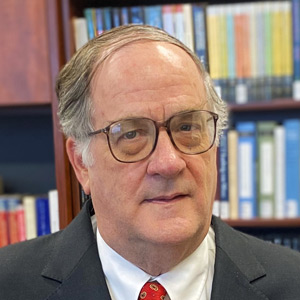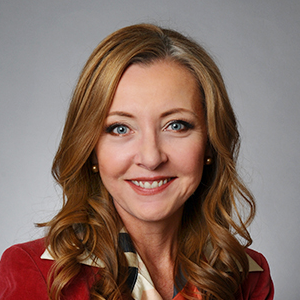Andrew Pollack, a parent whose daughter was shot in the 2018 Stoneman Douglas High School attack in Florida, spoke to the Republican National Convention on August 24 about the role that restorative justice played in causing local school leaders to ignore the frequent threats from the gunman. Pollack pointed to the fact that the Biden-Harris team promises in its pact with the Sanders group in the Democratic party to bring back restorative justice as a federally promoted practice.
This practice began in the criminal justice sector during the 1970s and emphasized reconciliation between victims and nonviolent offenders instead of punishment. The Obama administration started pushing for restorative justice practices in schools a decade ago in response to statistics showing that African-American and Hispanic students were suspended and expelled at higher rates than other students.
Rather than investigate specific school districts, the U.S. Department of Education concluded in 2011 that “statistically disparate results create a presumption of discrimination.” In a subsequent “Dear Colleague Letter,” the department discouraged school districts from “relying on suspensions and expulsions” to maintain safe school environments and urged them to develop “alternative disciplinary approaches such as restorative justice.”
This policy effectively institutionalized the notion that schools must sacrifice security to achieve equity, endangering students and teachers alike. St. Paul Public Schools (SPPS) is a case in point.
SPPS began limiting suspensions and expulsions and focused instead on what it considered teachers’ “inherent bias” in 2011. In collaboration with the Saint Paul Federation of Teachers (SPFT), the district began using restorative justice practices in 2016 and expanded them two years later. One integral practice is the use of restorative “circles,” which are teacher-led meetings where students discuss how a student’s misbehavior has affected them and how to rectify it.
Over the next several years, violent incidents at SPPS made headlines, including brutal attacks on teachers, who feared retribution if they criticized the new discipline policies.
Despite such results, the union demanded continued expansion of restorative justice practices, including the hiring of a “a full-time circle keeper.” Yet it dropped the requirement that schools “identify an evidence-informed and/or research-based restorative practice model”—perhaps because such models are almost nonexistent.
Not only does none of SPPS’s annual restorative justice reports provide objective quantitative data to evaluate its programs’ effects on school safety, but such evaluations are rare for any school-district program. U.S. civil rights commissioner Michael Yaki admitted as much during the Obama administration. While he noted that “culture-specific interventions” such as restorative justice might very well help reduce racially disparate discipline rates, Yaki cautioned that “there is little evidence-based research today on how” to do so and that “the research is still too thin.”
There is still little evidence that restorative justice has mitigated racially disparate discipline rates, and the preponderance of credible research finds negative effects. Manhattan Institute senior fellow Max Eden has summarized the data from several large districts throughout the country showing that student achievement declines, teachers are discontented, and students feel unsafe at school.
Lenient interventions such as restorative justice circles may help improve behavior for some first-time, nonviolent students, but leniency toward repeated violent behavior puts everyone at risk. Just ask Pollack, who spoke at the Republican convention and is the co-author with Eden of Why Meadow Died. Pollack in the book blames not only the shooter, but also the Broward County school district’s restorative justice program and what he calls a “culture of pathological unaccountability.” Behavior “doesn’t magically get better,” Pollack points out, when you decide to “not punish mischief.” What happens is that matters “get worse for students and teachers” but “look better on paper for bureaucrats and activists.” This, in turn, leads to “a thousand tragedies a day” that we never learn of. And it means that troubled children just “slip through the cracks.”
In a perverse irony, many of the minority students whom restorative justice practices were supposed to help are actually at greater risk. Classrooms are more chaotic, and schools are more dangerous because students realize that teachers are virtually powerless to impose discipline. When students feel unsafe, they may shut down or act out—making a bad situation even worse.
Scary schools devoid of serious penalties for violent behavior are neither what students need nor what parents want for their children—no matter how many “healing circles” schools hold.









